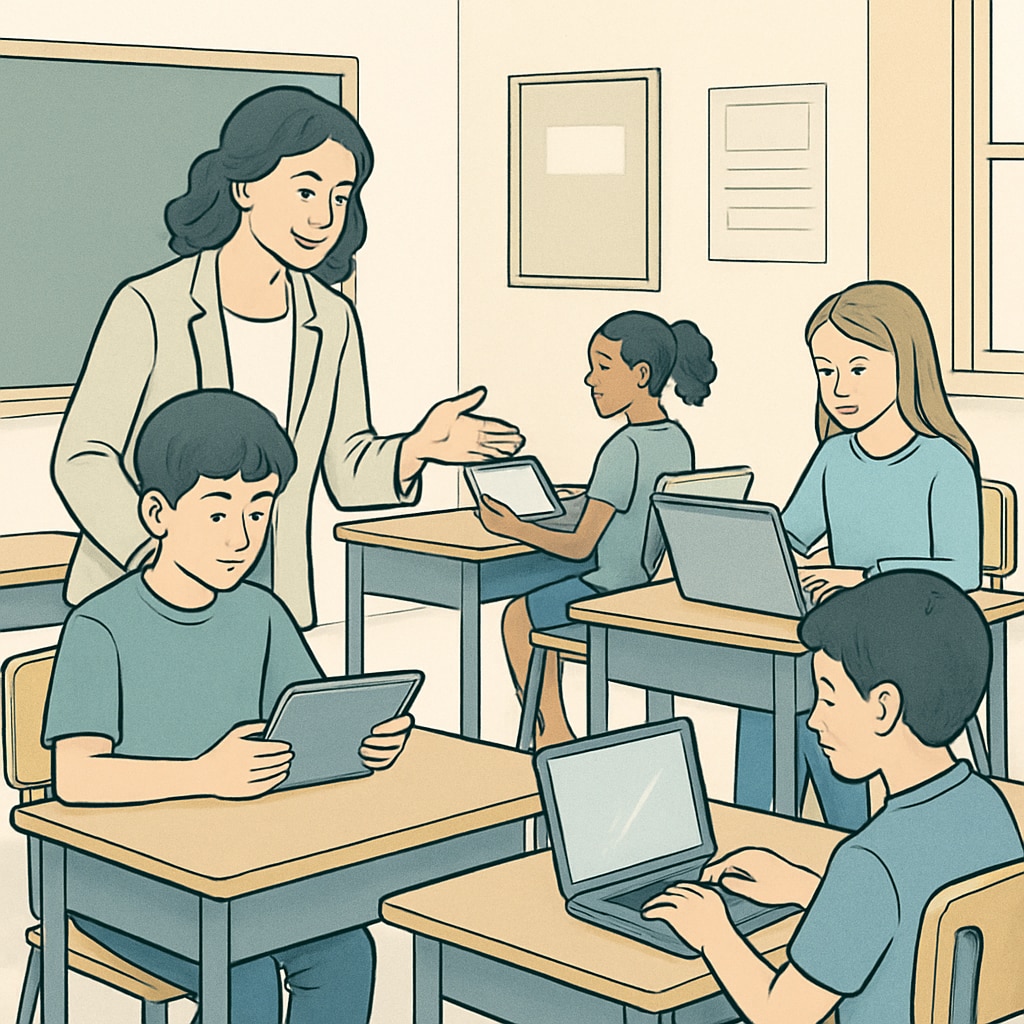In recent years, the introduction of school phone bans has sparked heated debates regarding balancing the benefits of technology with the need to protect student focus, school safety, and educational resources. While some argue that removing smartphones from classrooms creates a distraction-free environment, others worry about the missed opportunities for integrating valuable digital tools into learning. This article explores the multi-dimensional impacts of such policies and discusses potential alternatives to ensure schools adapt to the digital age without compromising academic integrity.
Why Schools Are Implementing Phone Bans
Phone bans in schools are often rooted in concerns about distractions, cyberbullying, and classroom disruptions. Educators argue that smartphones hinder students’ ability to concentrate and engage in meaningful learning experiences. For example, a 2022 study by Britannica found that excessive phone use in classrooms correlates with lower academic performance. Moreover, schools aim to protect students from the risks of social media, such as online harassment and harmful content, by reducing screen time during school hours.
However, banning phones outright might not be the panacea it seems. Critics highlight potential drawbacks, such as limiting students’ access to digital resources, educational apps, and collaborative tools that are essential in modern education.

Balancing Focus and Technology Integration
While phone bans aim to enhance focus and discipline, educational institutions must consider how to integrate technology effectively. The digital era demands that students develop skills like online research, coding, and digital communication. Therefore, a complete prohibition of phones might inadvertently widen the gap between traditional education and the technological demands of the workforce.
One practical solution is restricting phone use during certain periods, such as active lessons, while allowing access for research or productivity during free periods. For instance, some schools have successfully implemented policies where students deposit their phones in lockers before class and retrieve them during designated times.

Alternative Solutions to Full Phone Bans
Instead of outright bans, schools could explore strategies to manage phone usage responsibly. Below are some alternatives:
- Digital Literacy Programs: Educate students on responsible smartphone use, including time management and safe online practices.
- Controlled Access: Provide school-issued devices with restricted internet access to ensure students can use technology for educational purposes without distractions.
- Parental Collaboration: Work with parents to set boundaries on phone use both at school and home, encouraging consistent habits.
- Tech-Free Zones: Designate certain areas within schools as “phone-free zones” to encourage face-to-face interactions and focus.
These measures aim to strike a balance between maintaining a productive learning environment and fostering digital skills. By blending traditional teaching methods with modern technology, schools can prepare students for both academic success and future career challenges.
Conclusion: Building Bridges, Not Barriers
The debate over school phone bans highlights the complexities of education in a digital world. While policies to reduce distractions are essential, schools must also recognize the importance of equipping students with technological skills. By exploring alternatives like controlled access and digital literacy programs, educators can create an environment that promotes focus while embracing the benefits of technology.
Ultimately, the key lies in collaboration between educators, parents, and policymakers to ensure that schools foster both academic excellence and digital readiness. As a result, students can thrive in a world where education and technology coexist harmoniously.
Readability guidance: Short paragraphs and lists summarize key points for improved readability. Overuse of long sentences and passive voice is avoided, with clear transitions such as “however,” “in addition,” and “as a result” linking ideas.


